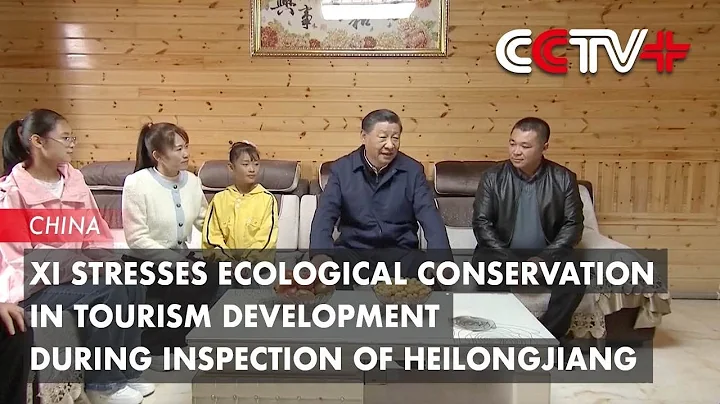On July 6, news came from the Tongchuan Wildlife Protection and Management Workstation: Recently, when the staff of the Shaanxi Xiangshan Provincial Nature Reserve were collecting and sorting out the infrared camera data, they discovered that it was deployed in Yumen, Miaowan Town, Yaozhou District, Tongchuan City. The infrared camera of Cun Xiaolongchuan captured the figure of a leopard . Experts from the Tongchuan Wildlife Conservation and Management Workstation and the Shaanxi Provincial Institute of Zoology determined based on the image data that this was an adult North China leopard.


North China leopard images. Provided by Tongchuan Wildlife Conservation and Management Workstation
"The North China leopard was discovered in Tongchuan in the 1990s. Many years later, the North China leopard was discovered again. I quickly sent the photo to the Shaanxi Provincial Institute of Zoology so that experts could also Come and confirm together." Ma Hongjun, director of the Tongchuan Wildlife Conservation and Management Station, was very happy when he saw the image data. "In the past, it was not easy to detect by human observation alone. Last year, we purchased a batch of infrared cameras and installed them. It is used for daily monitoring of wild animals in nature reserves and key forest areas, and can also cooperate with relevant national departments to carry out special surveys on the wild population and conservation status of North China leopards. "
The North China leopard is a national first-level protected wild animal, and it is also the first-level protected wild animal in North China. The top predator of the food chain in regional forest ecosystems. Shaanxi Ziwuling National Nature Reserve is the habitat of the largest and highest density known wild North China leopard regional population in my country.
Ma Hongjun said: "The North China leopard image captured this time proves that Tongchuan, located on the southern edge of Ziwu Mountains, is also one of the distribution areas of North China leopards. It provides strong evidence that North China leopards are mainly distributed in the Ziwu Mountains forest area of Shaanxi. It shows that Tongchuan’s ecological environment restoration and forest ecological protection have achieved remarkable results.”
Since the 18th National Congress of the Communist Party of China, Tongchuan has actively implemented the concept of “lucid waters and lush mountains are invaluable assets”, fought hard in the battle against pollution, and persisted in building a government-led, enterprise-led enterprise. In the "big environmental protection" pattern with the participation of entities, social organizations and the public, an ecological and environmental protection committee and an environmental protection inspection and rectification leading group were established with the secretary and the mayor as director and team leader, and the ecological and environmental protection work was included in the comprehensive assessment of the city's economic and social development. Promote the continuous improvement of the city's ecological environment quality. In recent years, Tongchuan City, district (county) wildlife protection and management departments, state-owned forest farms, and ecological rangers have carried out in-depth patrol monitoring of wildlife resources and habitats to strengthen the protection of wildlife resources. At present, the city has a total of 142 species of wild animals, 24 orders, 55 families, 6 species are listed as national first-level key protected wild animals (including leopards, distribution), and 16 species are listed as national second-level key protected wild animals. (Reporter Zhao Yangbo)





















